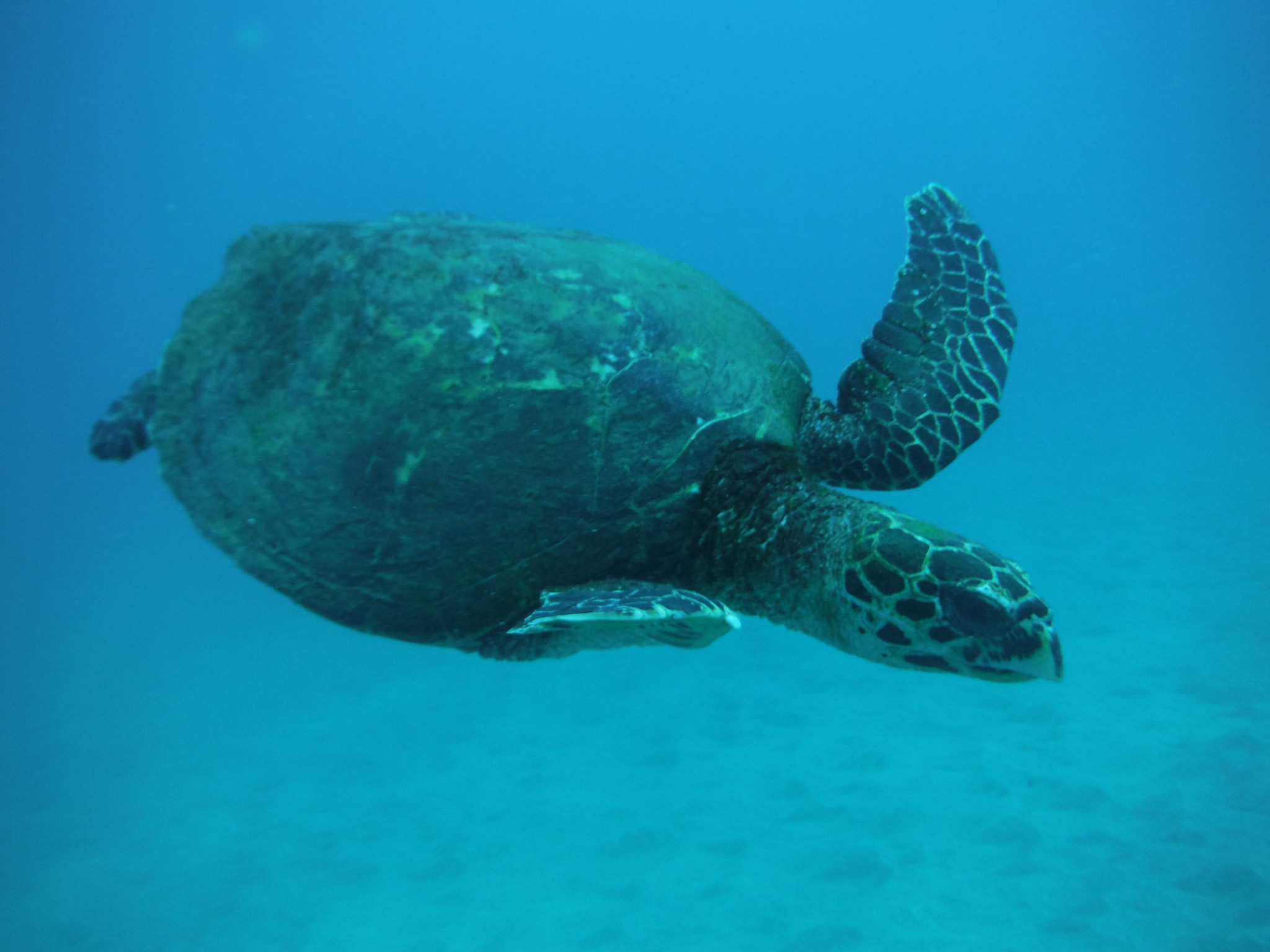Sloths are perhaps the most charismatic and beloved wildlife in Costa Rica. Adorable animals with a seemingly perpetual smile that live life in slow motion, the Spanish word for sloth is “Perezoso,” which literally means “lazy.” Seeing a sloth at some point during their stay ranks high on the list of nearly all visitors, and while some have been known to hang out in the tree right outside Casa Roja, sightings are far from guaranteed.
Two species of sloth can be found in Costa Rica’s forests: the brown-throated sloth, which is a type of three-toed sloth with three “fingers” on its front limbs, and Hoffman’s two-toed sloth. The latter – and larger of the two species – is nocturnal and rarely seen. The brown-throated sloths are active during the day as well as night (although “active” is a highly relative description!) and are more easily spotted by vacationers. Their slooooow movements and brown, sometimes algae-covered, fur effectively conceal sloths from their predators and naturalists alike. Among the reasons for their leisurely pace is their incredibly slow metabolism – a meal can take about three weeks to make it through a sloth! They have evolved to do less, rather than eat more, and spend most of their lives sleeping (up to 20 hours each day) high in the forest canopy, far from most predators and without the need for fast movement.

Although sloths can make an appearance anywhere, anytime in Costa Rica (such as this baby curled up in one of our trees!), those intent on coming face to smiley-face with a sloth best rely on a naturalist guide who is apt at spotting these fur balls in the crowns of trees. The mangrove-lined channels of Isla Violín, a short boat ride across the river from Casa Roja, offer an excellent opportunity to see sloths, often several at once. For the best chance at good pictures, go during high tide, when the boat is a few feet closer to the tree tops!









